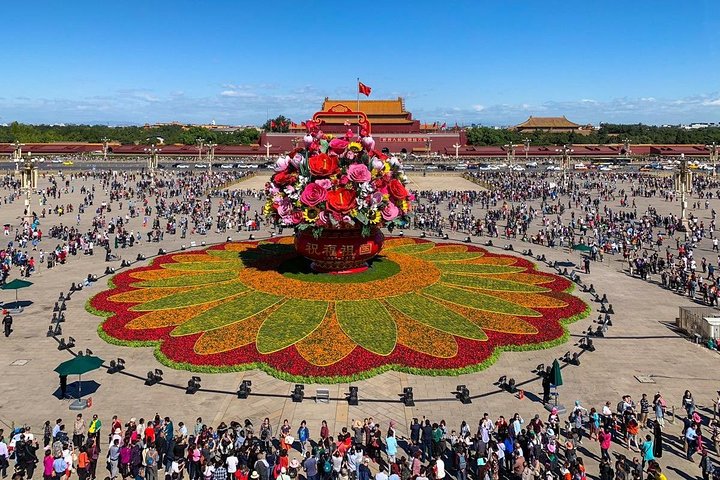Exploring the Timeless Wonders of the Silk Road
Embark on a journey through the historic Silk Road, where ancient traditions and cultural exchanges come to life. Discover the rich tapestry of Asian cultures as you explore the wonders of Lanzhou, Xiahe, and Dunhuang.
A Journey Through Time: The Silk Road’s Legacy
As I embarked on the 9-Day China Silk Road Private Tour, I was filled with anticipation and a sense of wonder. The Silk Road, a historic trade route that connected the East and West, has always fascinated me. Growing up in a multicultural household, I was exposed to the rich tapestry of Asian cultures, and this journey promised to deepen my understanding of the region’s history and traditions.
Our adventure began in Lanzhou, a city that serves as a gateway to the Silk Road. The Lanzhou Xiguan Mosque, with its intricate architecture, was our first stop. It was a serene introduction to the city’s cultural diversity. As we explored the mosque, I couldn’t help but reflect on the harmonious blend of cultures that have passed through this region over the centuries.
The next day, we traveled to the Bingling Temple, a site that left me in awe. The temple’s grottoes, carved into the cliffs, house an impressive collection of Buddhist art. The frescoes and statues, some dating back to the Northern Wei Dynasty, are a testament to the enduring influence of Buddhism along the Silk Road. As I stood before these ancient works of art, I felt a profound connection to the past, a reminder of the spiritual and cultural exchanges that have shaped this region.
Embracing Tibetan Culture in Xiahe
Our journey continued to Xiahe, home to the Labrang Monastery, one of the most important centers of Tibetan Buddhism outside of Tibet. The monastery’s sprawling complex, with its golden roofs and prayer wheels, was a sight to behold. Walking through the monastery, I was struck by the devotion of the monks and the vibrant energy of the place.
The Labrang Monastery is not just a religious site; it’s a living testament to the resilience of Tibetan culture. As I observed the monks in their daily rituals, I was reminded of the importance of preserving cultural heritage in the face of modern challenges. The Tibetan village surrounding the monastery offered a glimpse into the daily lives of the local people, their traditions, and their unwavering faith.
In the evening, we returned to Lanzhou, reflecting on the day’s experiences. The journey through Xiahe had been a deeply enriching experience, one that left me with a greater appreciation for the cultural diversity of the Silk Road.
Discovering the Wonders of Dunhuang
Our final destination was Dunhuang, a city renowned for its historical significance and natural beauty. The Mogao Caves, a UNESCO World Heritage site, were the highlight of our visit. These caves, adorned with exquisite murals and sculptures, are a treasure trove of Buddhist art and history. As I explored the caves, I marveled at the skill and dedication of the artists who created these masterpieces.
The Crescent Moon Lake and the Singing-Sand Dunes offered a stark contrast to the ancient caves. Riding a camel through the dunes, I felt a sense of adventure and freedom, a reminder of the Silk Road’s role as a conduit for exploration and discovery.
As our journey came to an end, I reflected on the profound impact of the Silk Road on the cultures and civilizations it connected. This tour had been more than just a travel experience; it was a journey through time, a chance to walk in the footsteps of those who came before us. The Silk Road’s legacy lives on, a testament to the enduring power of cultural exchange and human connection.


































